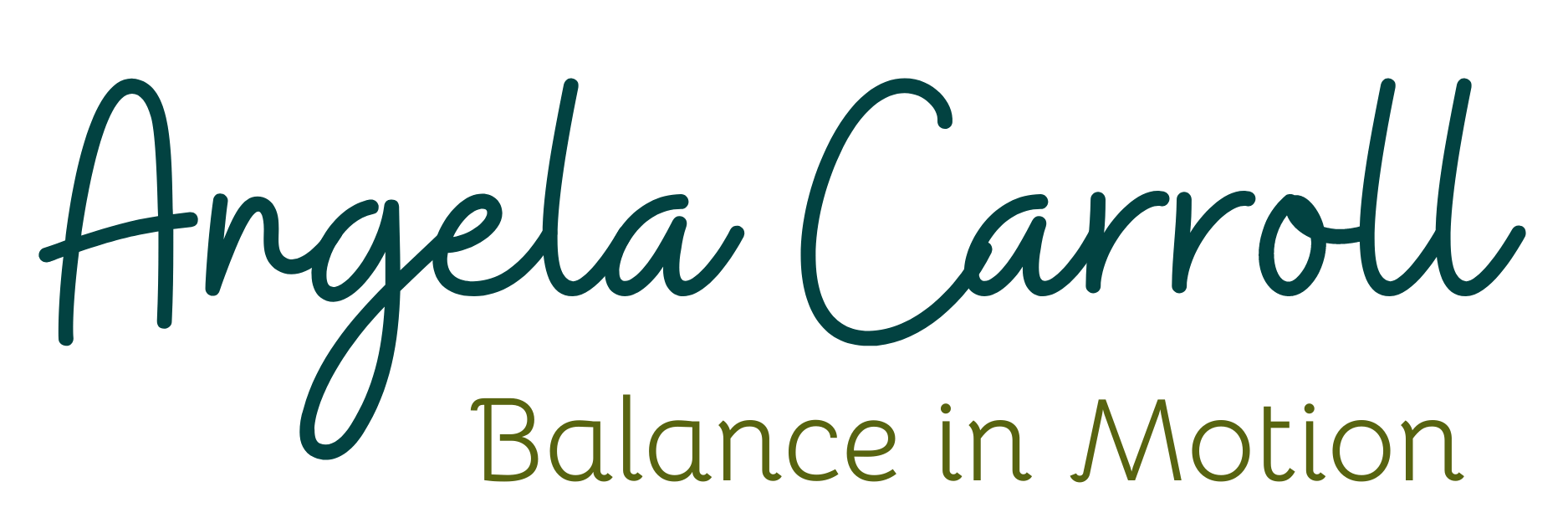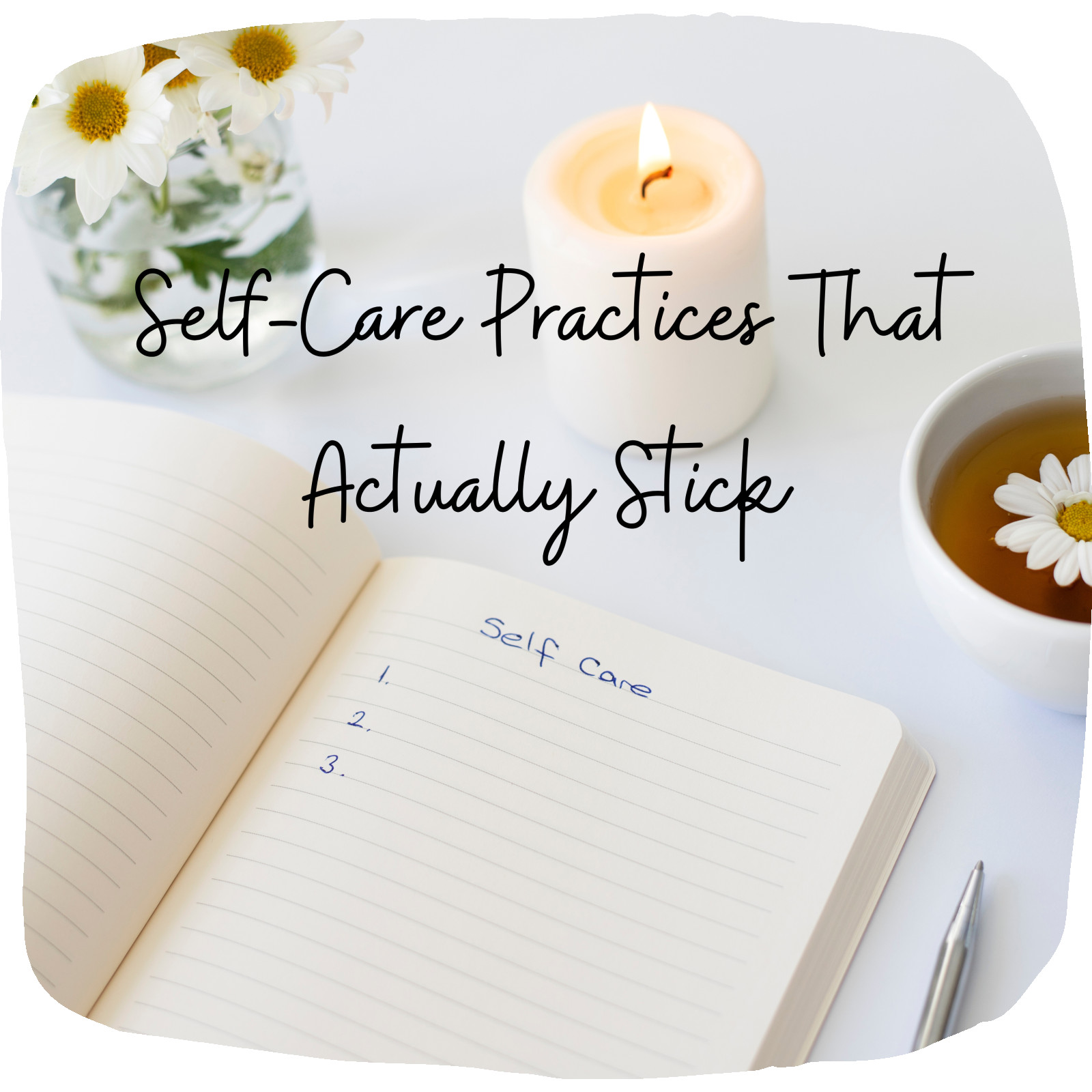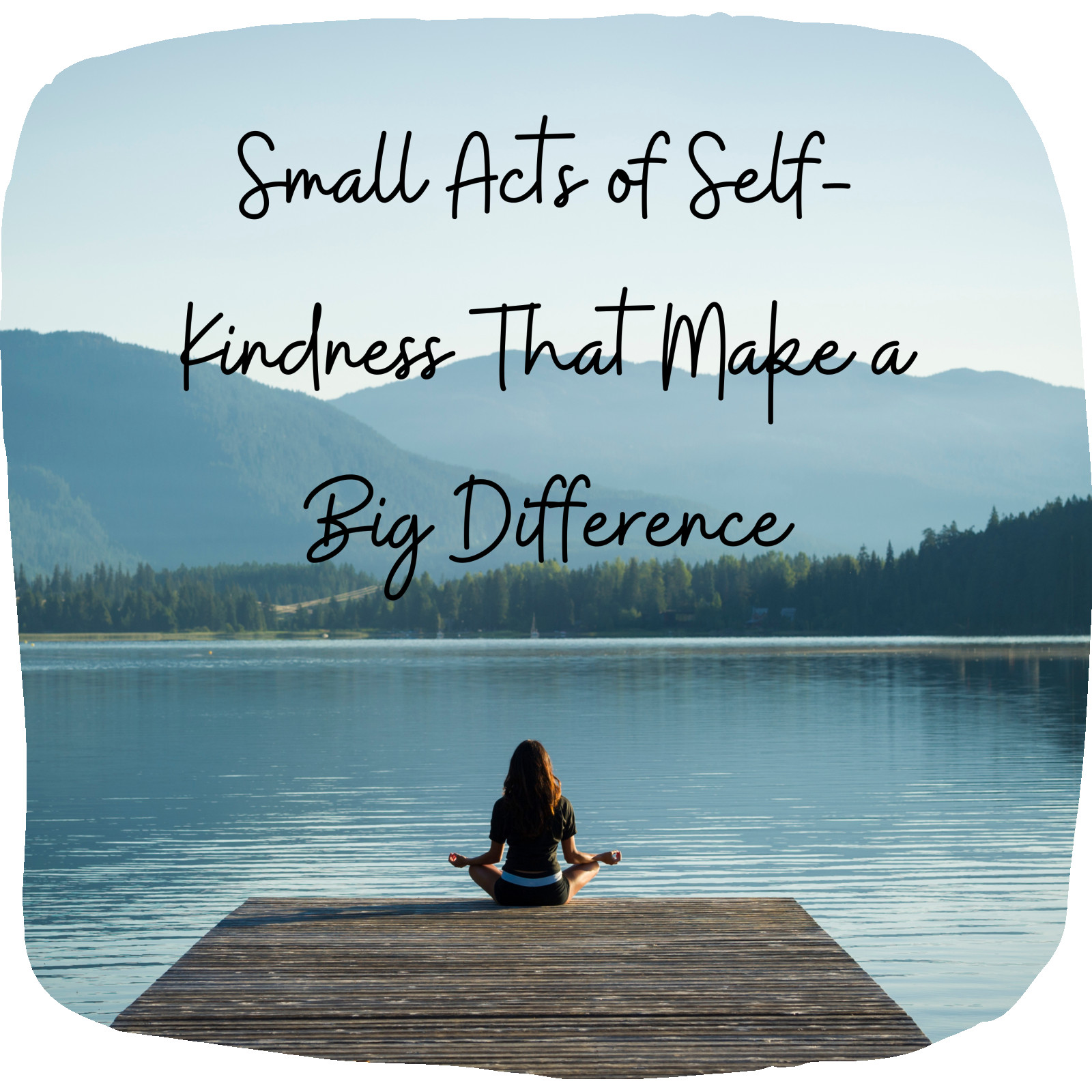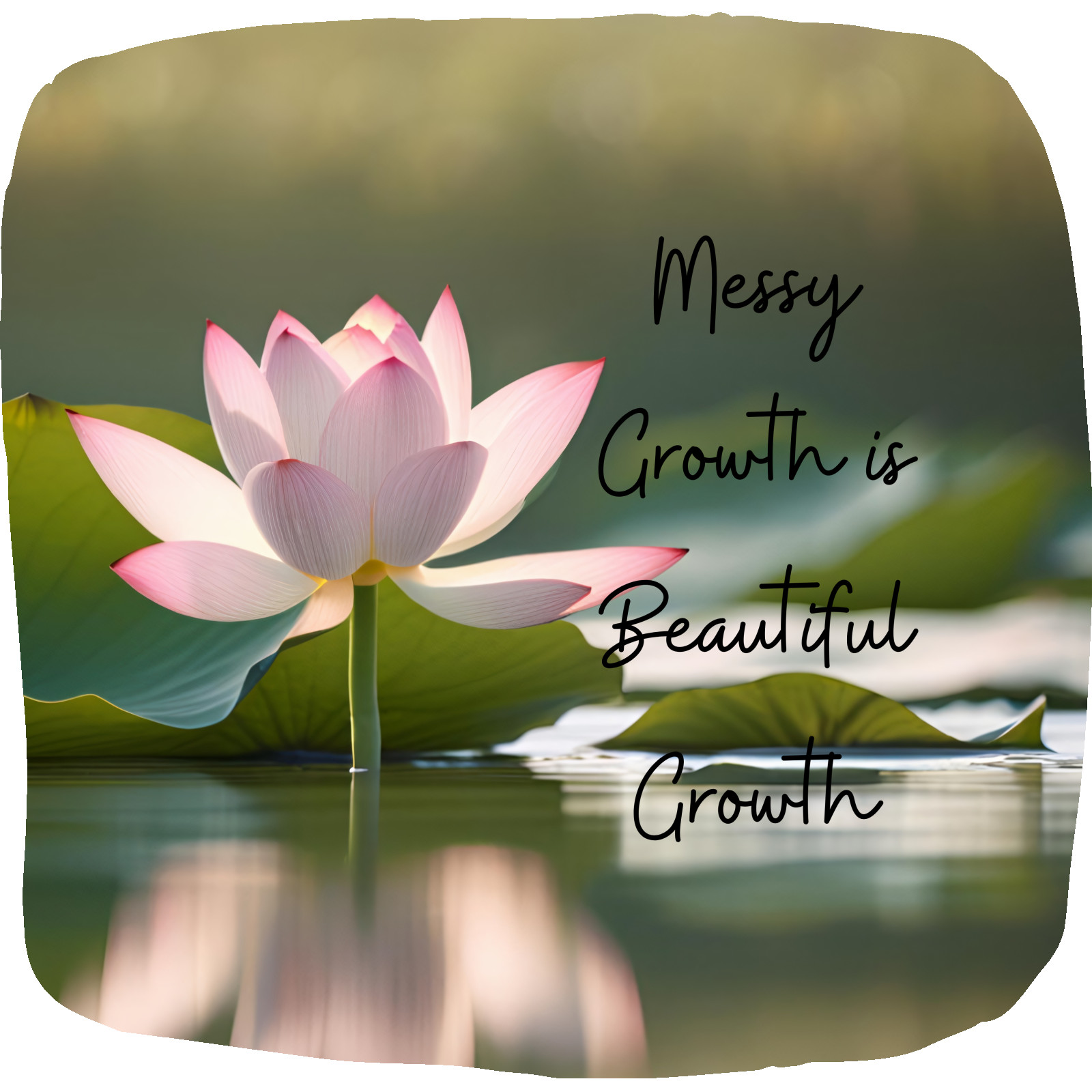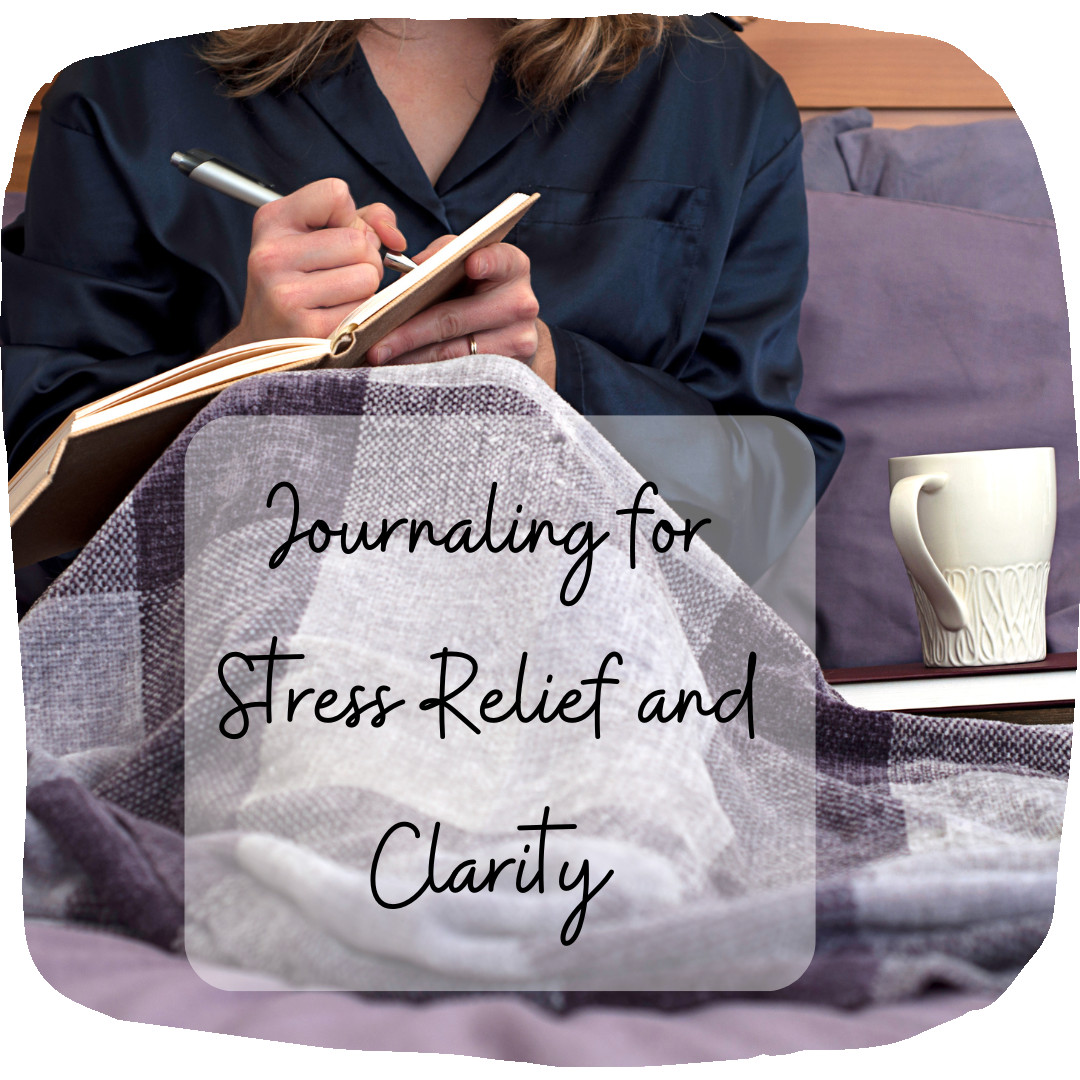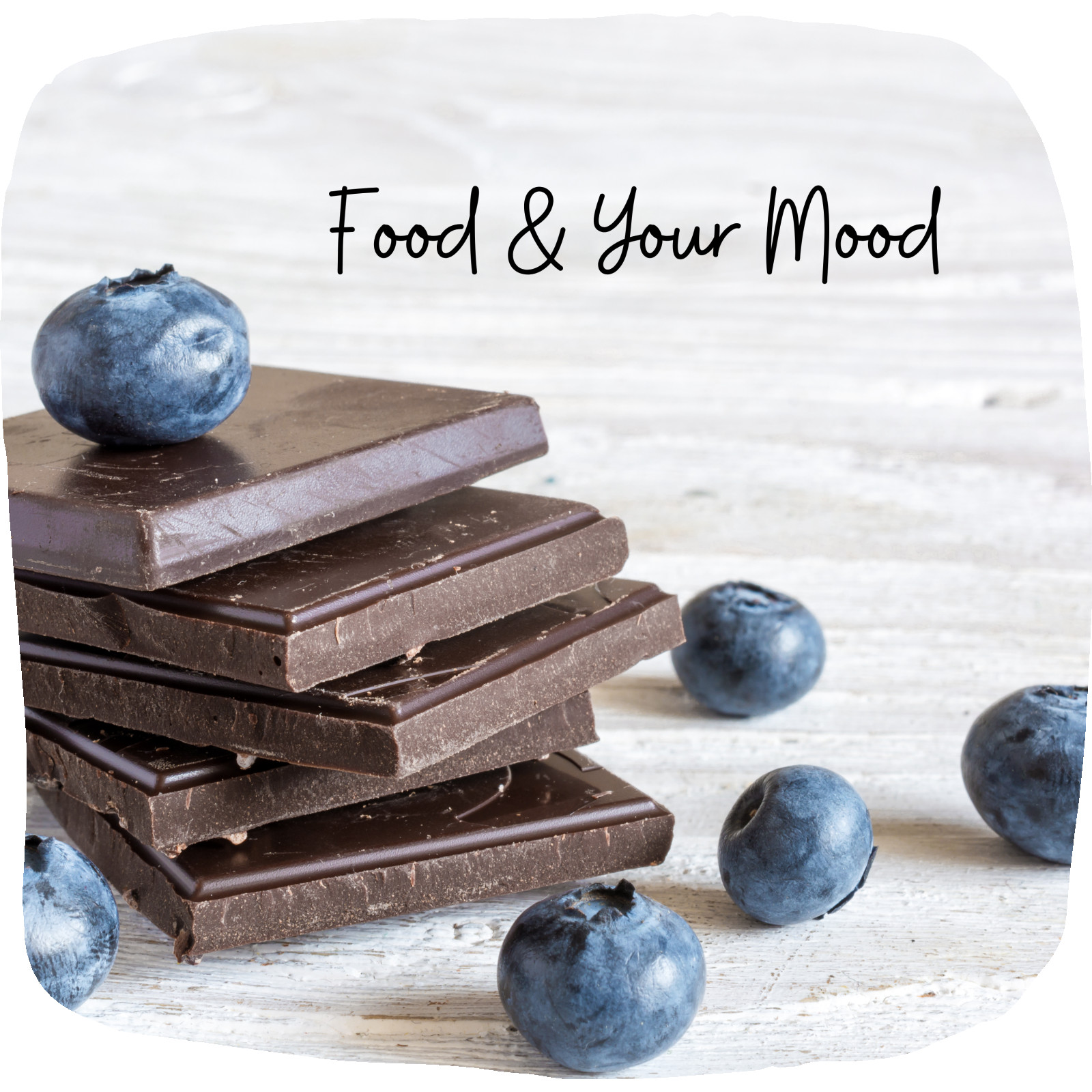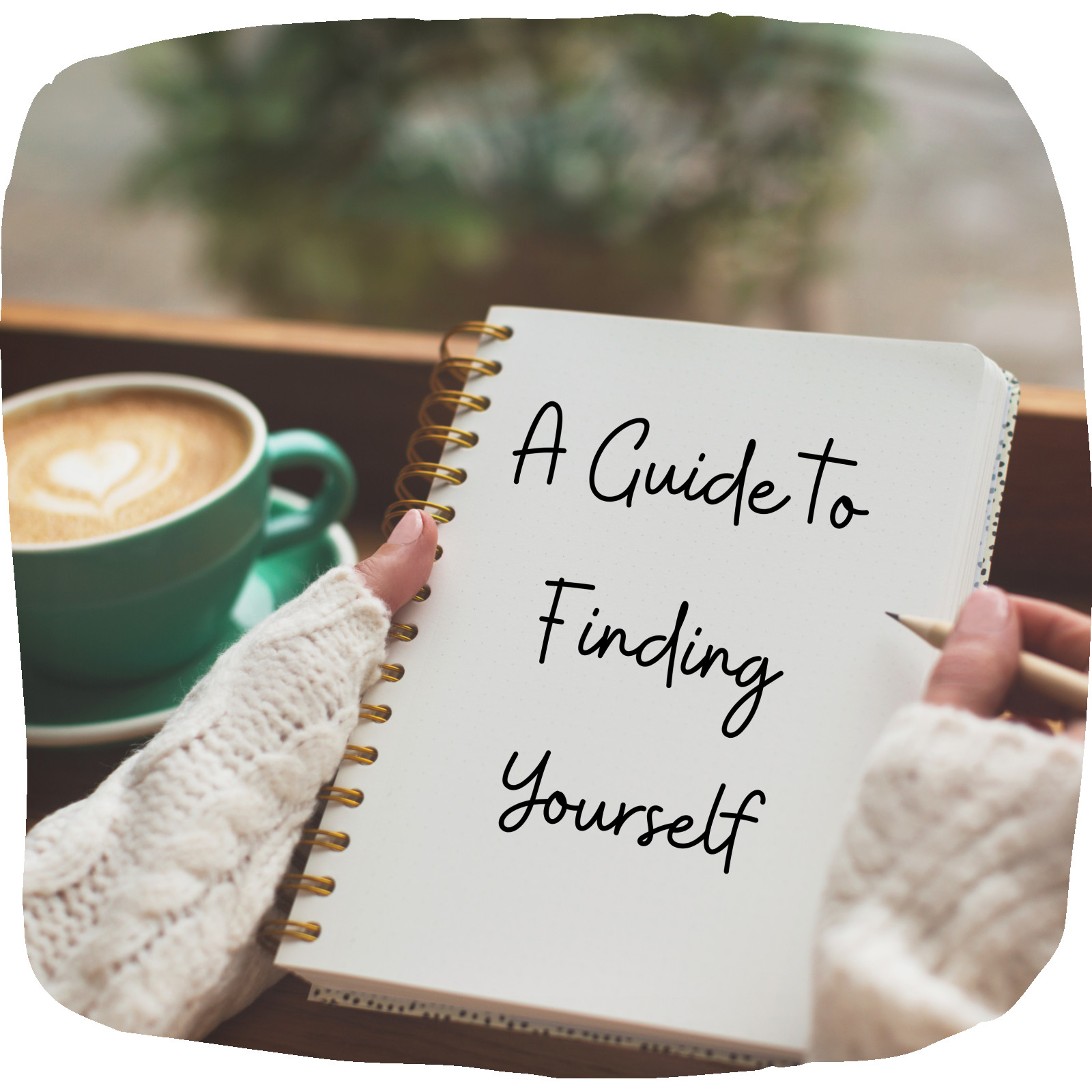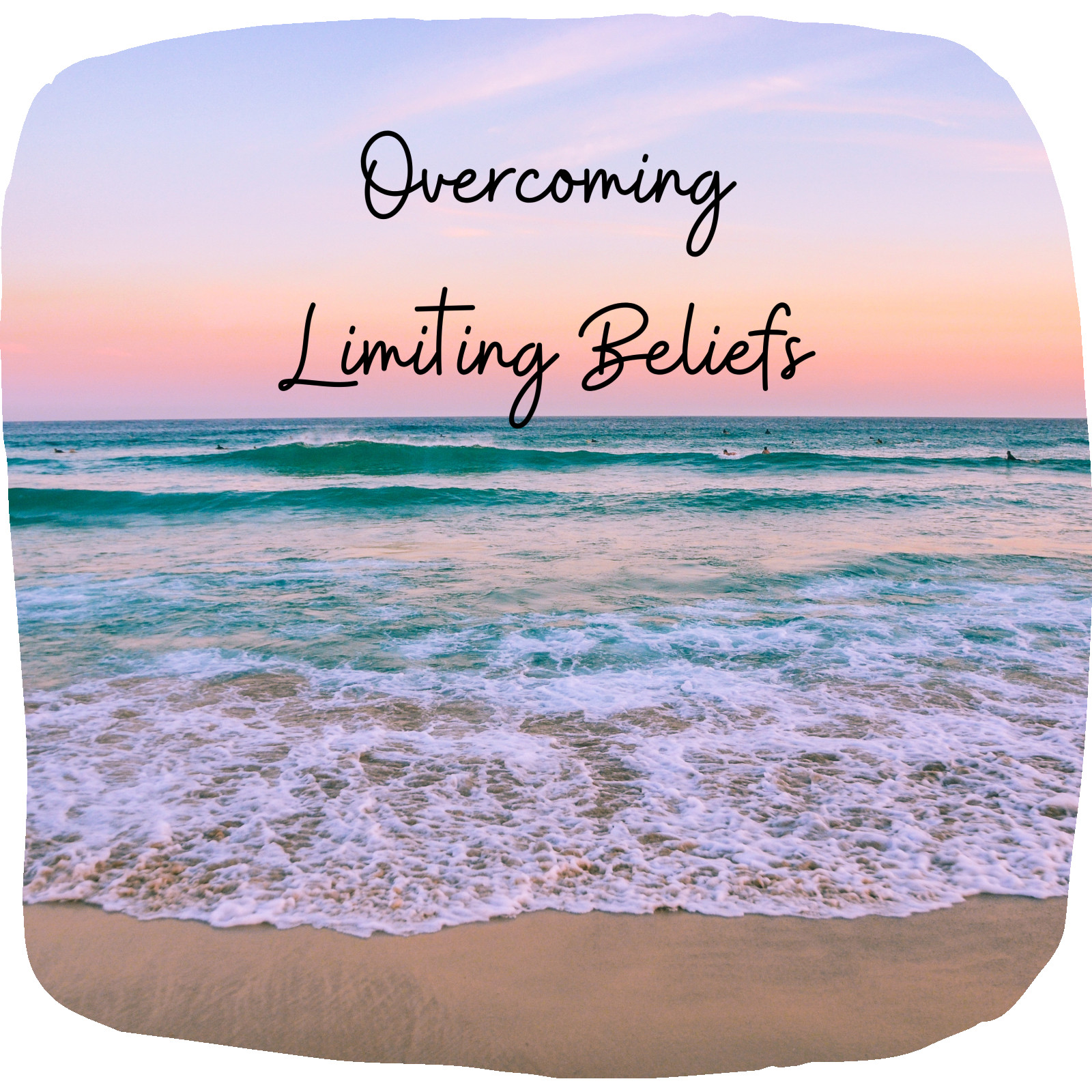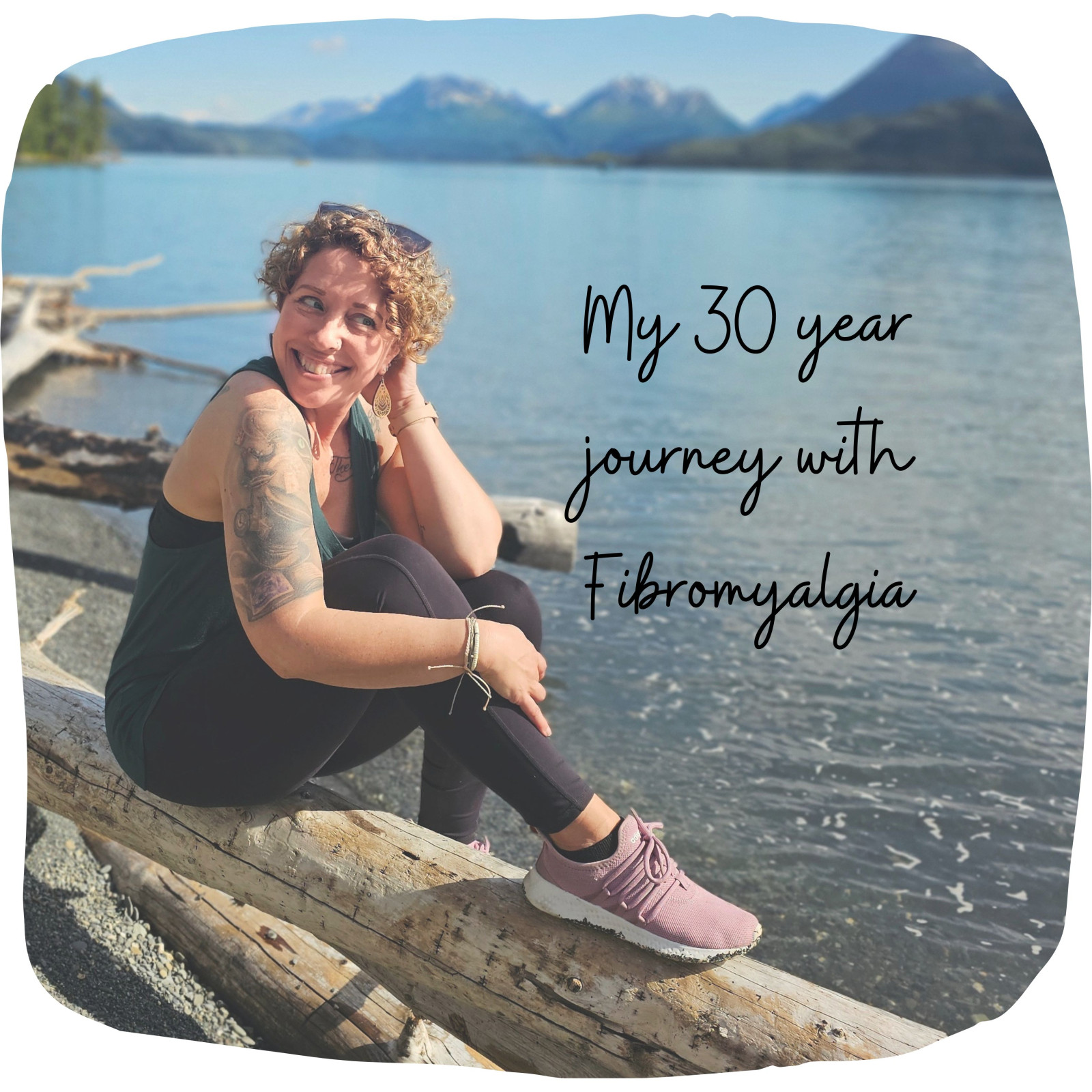
I’ve never been great at weekly meal prep. I try to make out our dinner menus for the week but that’s about it. Actually prepping as in cutting veggies, cooking for lunches for the week, things like that...yeah, not really my thing.
But breakfast works better for me if I have some done up ahead of time. Like overnight oats or these egg muffins.
I’ll be adding more variety over time. So be sure to come back often and check. Or better yet...subscribe to my email list and I’ll be sure you have it in your inbox when it happens!

I’m a true believer that whether you believe you can or you can’t, you’re right.
I apply this to all aspects of life. Our minds believe everything we tell them. Have you ever noticed that some people seem to get ahead more easily, or always seem happier or healthier in spite of any obstacles or limitations that may seem to exist for them? Or found yourself surprised that someone isn’t as fit, happy, or successful as you would expect?
Ever wonder why that is? It ultimately comes down to mindset.
I’ve been told more than once I don’t fit the mold of a person living with fibromyalgia. I live a fairly normal and active lifestyle. It’s because I made that choice right from the start. I decided when I was first diagnosed with fibromyalgia, at the age of 19, that I wouldn’t let it stop me. I continued with that mindset after a freak fall and hip injury in February 2018. It doesn’t mean it’s always easy. I have my days of frustration. But I refuse to let it keep me down. I refuse to let these things dictate my life for me.
I have fibromyalgia. It does not have me.
See how that works? If you decide limitations and obstacles in life own you, you’re right. Your mind will give up looking for solutions. Your body will stop working to its fullest potential. You’ll end up feeling defeated. Because you told yourself in the beginning that you were.
I’ll say it again. Our minds believe everything we tell them. Make sure you’re filling yours with all things good and hopeful, and reminding yourself that you’re ultimately in charge.
This doesn’t mean it will always be easy (I mentioned that above). It doesn’t mean your body will always respond and do 100% of the things you want it to do. But it does mean that you’ll learn to listen. You’ll learn that your limitations are not what defines you. You’ll learn what your body is truly capable of. And you’ll learn that you’re winning at life. Because you are in control.

Motivation. We’ve all struggled with it, right? And if you’re like me, 2020 has made it especially hard to find motivation and keep it.
I recently asked in my free online group for fibro warriors what the biggest struggle was when it comes to managing health. Motivation was a big one! It can be hard to want to do much when you’re body aches and you can’t think clearly. Making changes, even if for the better, can feel so overwhelming and like too much work. I get it!
So, I thought I’d offer a few tips. Word to the wise though...motivation only works when you put the work in. It’s not always going to be easy, but it will be worth it. But let me see if I can take a little of the work and overwhelm out of it for you.
A few things you can do to get and stay motivated.
Find your why. Why do you want to get and stay healthy? Make a list and keep it where you’ll see it daily. If you don’t know why you want to take the steps to improve your health, motivation is definitely not going to be there.
Dig out an outfit you want to fit into but can’t. Don’t have one? Buy one. Seriously. I’m not saying it will work on its own, but it will help you keep focus on the direction you want to go. So, give it a try.
That being said...take baby steps. Don’t go crazy and dig out (or buy) something 5 times too small. Even if that’s your goal. Make small goals that will eventually lead you to that big goal. Same goes for nutrition. Don’t jump in all at once. Cut out soda first. Then creamer in your coffee. Move onto cutting out all added sugars and processed foods. You get the idea. Baby steps.
Ask yourself who needs you at your best. Who will benefit from you living a healthier life? I read a book earlier this year, High Performance Habits. The author suggests placing a post-it note with the question, “Who needs me on my A game right now?” where you’ll see it daily. I’m going to say there’s a good reason for him making this suggestion. Maybe give it a try. It just might help.
Keep focus on your end goal. How do you feel now vs how you want to feel? This will kind of tie your why and your goal together. Stay focused. Take the steps to get there in small chunks. And know that if you don’t give up, you’ll reach that end goal.
Know you’re not alone. Find a support group or person. Accountability and encouragement from those you know truly have your best interest at heart goes a long way. You’re welcome to join my free grouphere.
Have more motivation tips to add? I’d love to hear ‘em!

Fibromyalgia Doesn't Have to Be a Life Sentence
The Road to Relief
Food as a Tool for Healing
Listening to Your Body
- Track your triggers: Whether it’s food, activities, or stress, keep notes on what’s going on around the time of a flare-up.
- Listen and adapt: If your body says rest, rest. If it feels good, explore it further.
- Start small: Focus on making one adjustment at a time so it doesn’t feel overwhelming.
You’re Not Alone
Your Next Step

My Turning Point
Why Yoga Became My Best Friend
The Truth About Low-Impact Workouts
- Reduced risk of injury: Ideal for those with joint issues or recovering from past injuries.
- Improved strength and flexibility: Helpful for building a strong, functional body.
- Sustainable fitness: Something you can stick to in the long run without burning out.
